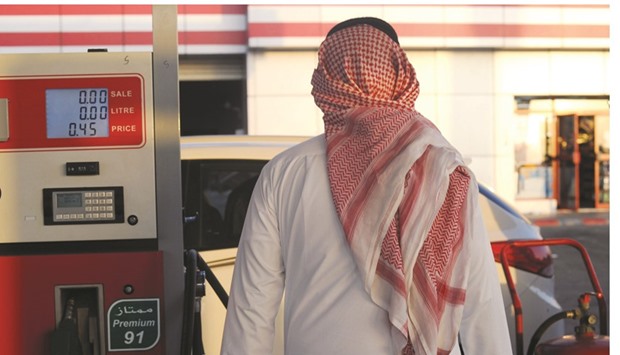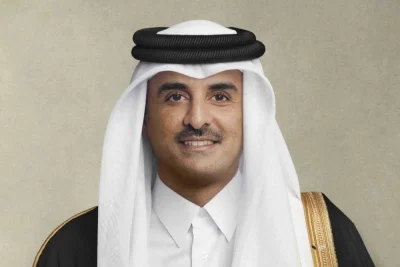Confronting a drop in oil prices, Saudi Arabia reduced energy subsidies and allocated the biggest part of government spending in next year’s budget to defence and security.
Authorities announced increases to the prices of fuel, electricity and water as part of a plan to restructure subsidies within five years. The government intends to cut spending next year and gradually privatise some state-owned entities and introduce value-added taxation as well as a levy on tobacco.
The biggest shakeup of Saudi economic policy in recent history coincides with growing regional unrest, including the conflict in Yemen, where a Saudi-led coalition is battling Houthi rebels. In attempting to reduce its reliance on oil, the kingdom is seeking to put an end to the population’s dependence on government handouts.
“This is the beginning of the end of the era of free money,” said Ghanem Nuseibeh, founder of London-based consulting firm Cornerstone Global Associates. “Saudi society will have to get used to a new way of working with the government. This is a wakeup call for both Saudi society and the government that things are changing.”
This is the first budget under King Salman, who ascended to the throne in January, and for an economic council led by his son, Deputy Crown Prince Mohammed bin Salman. In its first months in power, the new administration brought in swift changes, overhauling the cabinet and merging ministries.
The new measures are the beginning of a “big programme that the economic council will launch,” Economy and Planning Minister Adel Fakeih told reporters in Riyadh. The subsidy cuts won’t have a “large effect” on people with low or middle income, he said.
The collapse in oil prices has slashed government revenue, forcing officials to draw on reserves and issue bonds for the first time in nearly a decade. The government recorded a budget deficit of 367bn riyals ($98bn) in 2015. That’s about 16% of gross domestic product, according to the National Bank of Abu Dhabi, but below the 20% forecast by the International Monetary Fund.
For 2016, the government expects the deficit to narrow to 326bn riyals. Spending, which reached 975bn riyals this year, is projected to drop to 840bn riyals. Revenue is forecast to decline to 513.8bn riyals from 608bn riyals.
Oil made up 73% of this year’s revenue, according to the Finance Ministry. Non-oil income rose 29% to 163.5bn riyals.
Brent crude prices have plunged more than 35% over the past year, straining the public finances of producers from Venezuela to Iraq. The foreign reserve assets of the Saudi central bank dropped more than $95bn in the first 11 months of this year to $627.7bn.
Significant progress in economic diversification relies largely on policies put in place before the price shock, according to an International Monetary Fund study released in December 2014. It cited Dubai as the main successful example among Gulf states.
“Next year will see continued administrative and fiscal reforms,” Fakeih, the economy minister, said. He said that 20bn riyals of this year’s spending overshoot was due to increase military and security spending related to the operation in Yemen.
For 2016, the government allocated 213bn riyals for military and security spending, the largest component of the budget.
Monica Malik, chief economist at Abu Dhabi Commercial Bank, said she believes “that the actual fall in expenditure will be sharper than implied in the budget.”
“We believe that lower government spending will be the key driver narrowing the fiscal deficit in 2016, though further fiscal reforms are expected,” she wrote in a note, forecasting a shortfall of 10.8% of gross domestic product in 2016.

A Saudi man walks past a pump at a petrol station in the Jeddah on Monday. Authorities announced increases to the prices of fuel, electricity and water as part of a plan to restructure subsidies within five years.


